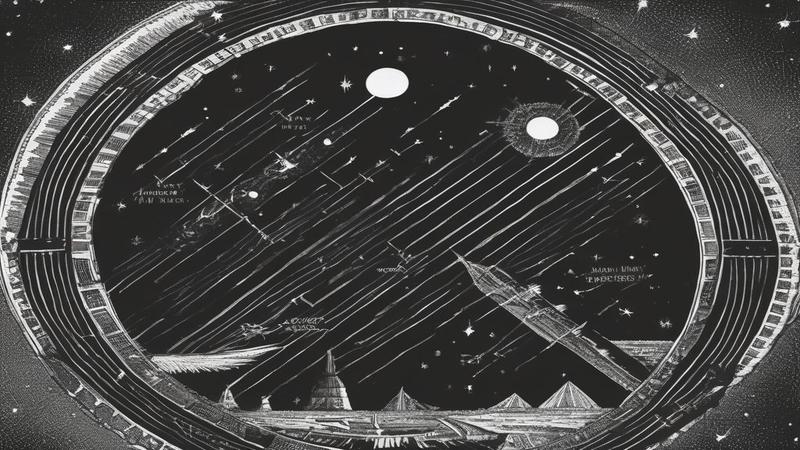Scientists Admit Moon Keeps Leaving Its Lights On To Spite Us

Astronomers say the moon sometimes flashes like a shy influencer practicing eye contact, and frankly, the moon denies everything. The rock insists it is a dignified dead sphere, not a disco ball with commitment issues. Yet the sky winks, cameras blink, and somewhere a scientist pretends to be surprised by space behaving like space.
Hypotheses include meteors smacking the lunar surface, electrostatic dust throwing a rave, and alien landlords checking the property with a flashlight and a long sigh. A minority theory blames the moon trying to get into nightlife now that Mars is having its moment. Meanwhile, one researcher described the phenomenon as transient, luminous, and exactly the kind of mystery that keeps grant proposals moisturized.
Historically, they were called transient lunar phenomena, which is a polite way of saying we saw something and immediately drafted a Latin apology. Reports span centuries: monks, sailors, and that one cousin who swears he was not drinking the telescope. The scientific position remains consistent: it might be real, it might be weird, and it is definitely happening right when the data logger reboots.
Teams have tried everything. They put spectrographs on hilltops, pointed laser pointers at their own shoes, and even calibrated the night. The control group was the sun, which was excluded for being too enthusiastic.
Amateurs help by pointing respectable optics at the moon for hours and arguing in the comments with historic passion. One backyard observer shared a timelapse captured with a pocket-sized star tracker for DSLR, which is basically a tiny butler that whispers remember to breathe to your camera while the universe turns.
Another group blames cosmic rays punching confetti into sensors, which would make your camera a haunted house for physics. For the skeptical stargazer who wants to see less magic and more surface, there is always the lunar glare reduction filter for telescopes, a device that promises science, delivers shade, and looks great in a foam-lined case.

There is also the mining hypothesis, where micro-impacts kick up bright puffs like dust sneezes, briefly moon-sparking the night. Crypto enthusiasts insisted this proves lunar Bitcoin is almost confirmed, which is impressive given that their portfolio remains defiantly terrestrial.
Electrostatic levitation might loft dust grains that glow, a charming way of saying rocks flicker because the surface is a Van de Graaff generator with abandonment issues. Triboluminescence could flash as regolith gets stressed, similar to how sugar sparkles when crushed, or how you do when the group chat delivers a 37-message correction at 2 a.m.
NASA, asked for comment, nodded in a manner that slaps a patch on a flight suit. They reminded us that Artemis will return, and if the lights are real, the astronauts will either measure them, apologize to them, or accidentally turn them off and blame instrumentation.
A philosopher in the back of the lab raised a hand and asked, what counts as light. The committee formed four subcommittees, then agreed it is photons wearing little tuxedos. Marketing immediately offered a loyalty program.
The careful answer is that several mundane things can look miraculous at lunar distance: meteoroid hits, dust physics, sensor artifacts, and reflected satellites pretending to be moonfire. As always, measurement is the sober sibling at the cosmic wedding, pouring water on the bouquet while drawing a neat diagram that tidies what reality refuses to.
So what are the mysterious lights on the moon. They are either the cosmos doing its usual weirdness, our detectors throwing interpretive tantrums, or the moon leaving its porch light on because it knows we will drive by and say, look, it is still awake, and yes, it did that just to spite us.
